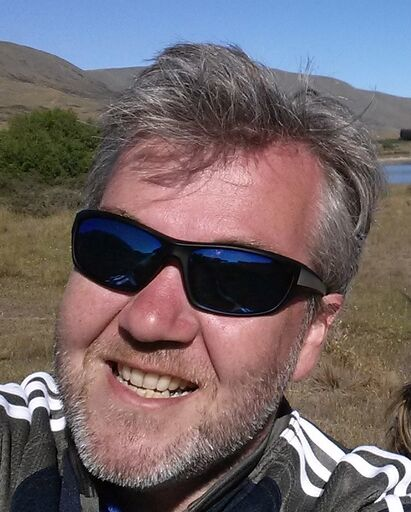Advective transport in rivers in the NanoFASE model
To model the distribution of nanomaterials in rivers, we must simulate the movement of water and sediment, as nanomaterials are moved through the system either as ‘free’ particles in the water or attached to suspended sediment.
On every model timestep, fluxes of water, suspended sediment and nanoparticles enter a river reach from the upstream reaches (if they exist) and due to runoff from soil within the grid cell. Advective transport is computed using the following steps. At all stages, suspended sediment and nanoparticles within the water column are transported along with the water:
- The maximum volume of water that the reach can hold is computed as a function of water width and the water depth;
- If the maximum volume is smaller than the volume of incoming water for the standard timestep (one day) then the computation timestep and volume of incoming water on each timestep are subdivided into a number of displacements. The number of displacements is large enough that the reach can accommodate the incoming water on each displacement;
- On each displacement:
i. Incoming water is mixed with the water in the reach;
ii. Sediment and nanoparticles losses due to sediment settling to the bed, and any gains due to sediment resuspension from the bed, are computed;
iii. Changes in nanoparticle form and state are computed;
iv. A volume of water equal to the inflow is removed from the reach to the next reach downstream. - Step 3 is repeated for each displacement. The flux of water leaving the reach on each displacement is summed to give the total volume of water entering the downstream reach over the standard timestep.
| Water discharge into reach | |
|
|
total discharge rate into reach (m3s-1) discharge rate into reach from upstream reach(es) (m3s-1) discharge rate into reach from soil runoff (m3s-1) |
| Reach dimensions | |
| reach width (m) | |
|
|
river bed slope (m m-1) Manning's roughness coefficient (s m-1/3) water depth (m) |
| NOTE: the above equation is a derivation of the Gauckler–Manning equation (Manning, 1891), assuming that the river has a rectangular cross–section. The depth is computed by iteration to match |
|
|
|
Reach maximum volume (m3) Reach length (m) Meandering factor (dimensionless) |
|
|
number of displacement per timestep standard timestep length |
| Note: … ⌈…⌉ is the ceiling operator, which raises the enclosed function to the nearest integer above. | |
| Mass balances of water and sediment | |
|
|
|
|
|
wter inflow per displacement water outflow per displacement |
|
|
Incoming mass of suspended sediment per displacement (kg) Flux of incoming sediment from upstream reach(es) (kg s-1) Flux of incoming sediment from soil runoff (kg s-1) |
|
|
Outgoing mass of suspended sediment per displacement (kg) mass of suspended sediment in reach after the previous displacement (kg) flux of sediment due to resuspension from the bed (kg s‑1) flux of sediment due to deposition to the bed (kg s‑1) |
| Mass balances of nanoparticles | |
|
|
|
|
|
Incoming mass of nanoparticles per displacement (g) Flux of incoming free nanoparticles from upstream reach(es) (g s-1) Flux of incoming free nanoparticles from soil runoff (g s-1) Flux of incoming heteroaggregated nanoparticles from upstream reach(es), summed across sediment size fractions 1…l (g s-1) Flux of incoming heteroaggregated nanoparticles from soil runoff, summed across sediment size fraction 1…l (g s-1) |
|
|
|
|
|
Outgoing mass of nanoparticles per displacement (kg) mass of free nanoparticles in reach after the previous displacement (kg) mass of heteroaggregated nanoparticles in reach after the previous displacement (kg) flux of nanoparticles due to resuspension from the bed, summed across sediment size fraction 1...l (kg s‑1) flux of nanoparticles due to deposition to the bed, summed across sediment size fraction 1…l (kg s‑1) |
|
References Allen, P. M., Arnold, J. C., & Byars, B. W. (1994). Downstream Channel Geometry for Use in Planning-Level Models. Journal of the American Water Resources Association, 30(4): 663-671. doi: 10.1111/j.1752-1688.1994.tb03321.x |
|
Read more |
Read also |
|
Consult the NanoFASE Library to see abstracts of these deliverable reports: NanoFASE Report D2.2 Spatial transport framework for NanoFASE model
|
|
Contact

Stephen Lofts
Centre for Ecology and Hydrology (CEH), UK
Email: stlo@ceh.ac.uk
